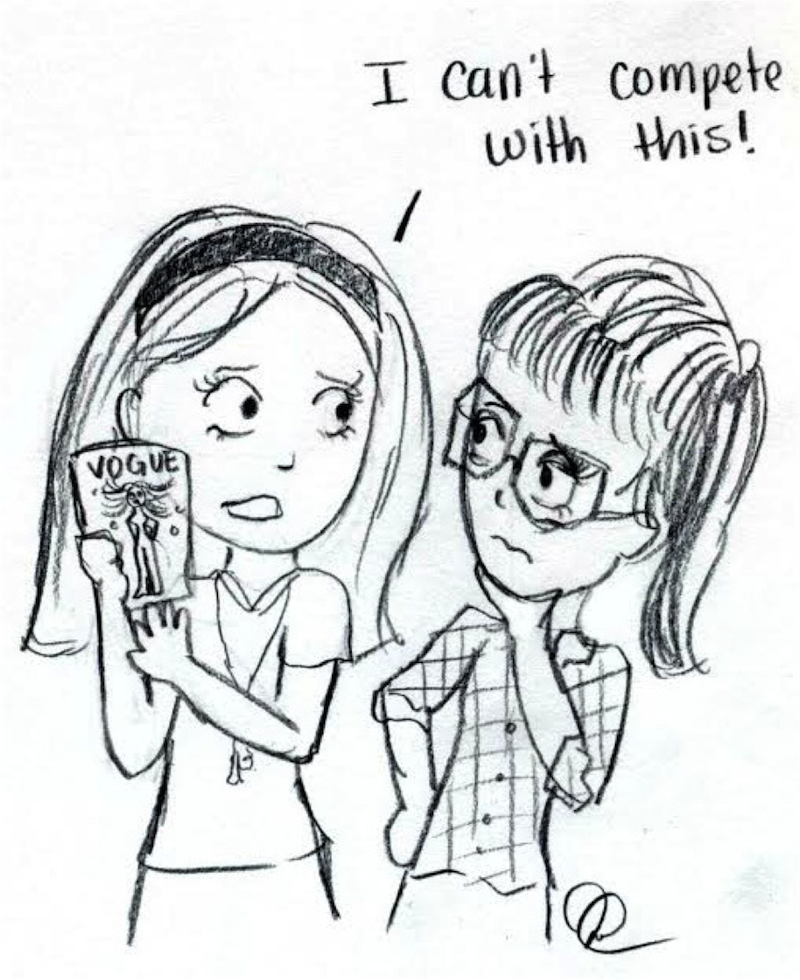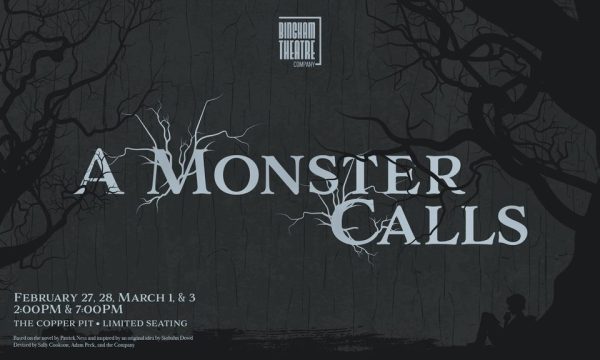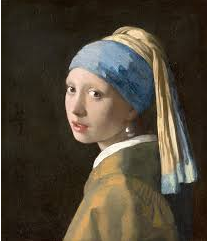Women Portrayed in the Media
Photo by Cartoon by Julie Derhak
Lisa Simpson walks into a “Stuff ‘N Hug” store where she can make her own stuffed animal. Choosing a dolphin, she goes to a store attendant for help designing an outfit. Lisa suggests a doctor; the attendant replies, “nurse.” Lisa proposes professor, chef, and CEO, to which the store clerk counters kindergarten teacher, lunch lady, and secretary to a CEO.
Frustrated, the girl points out, “You know, it’s a boy dolphin,” and the store attendant gives her the doctor outfit. Lisa then laughs to her dolphin “We fooled her, Betsy.” Sadly, this accurately displays how women are typically portrayed in the media.
Hunger Games star Jennifer Lawrence is a beautiful woman by almost everybody’s standards; except, of course, magazines. When she posed for Flare, the magazine cinched her waist, sharpened her cheekbones, darkened her eye makeup, and even elongated her fingers.
Despite the difficulty of achieving these ideals, there are many who have taken the standards to heart. The need to be long-legged, tall, and skinny is in the forefront of most teenage girls’ minds and stems from the misconceptions created by women in the media and their various magazine editors.
Senior Lindsey Ames said, “[Magazines] have these ‘ideal’ images of women that aren’t even real and they are expecting people to be a size zero on average… Right now people are getting bigger rather than getting smaller.”
Movies, commercials, and magazines have skewed the views of women everywhere into believing they must fit a certain physique.
“It gives girls something to strive for that’s not possible,” said senior David Belnap, “the media only expands this ideal.”
Think about Olivia Newton-John from the classic movie Grease. Playing the sweet, naïve Sandy Olsson, Olivia’s character slowly transforms into what Danny (John Travolta) sees as the perfect girl. While Danny dons his letterman sweater in a last ditch attempt to get the girl, he quickly sheds it once he sees Sandy who has also changed into her new, leather-clad, Pink Lady self.
Even the tall, skinny, leggy, and beautiful Sandy isn’t enough for Danny. The movie shows that if a girl really wants to get her guy, she needs to change her personality as well.
In video games, the “damsel in distress” trope has been used consistently to serve as a key plot element. Women are viewed as disempowered and an object to be reclaimed/saved. This repeated idea has been used in both the beginning of gaming and in current games.
Familiar stereotypes are commonalities for female characters: pink, bows, hearts, and obvious makeup, which all distinguish the female players from the males. Seldom are female characters put in the position of revenge or having to save their male counterpart.
Recent issues have included gender bias, romanticized relationships, and a general encouragement to return to the kitchen and “make sandwiches.” Based on the last census statistics, women are still only making 77 cents to every dollar made by a man doing the same job. Nicholas Sparks uses his writing to idealize every love story and ensnare his female readers who have now set their romantic standards impossibly high.
And though some find humor in the t-shirts saying, “Cool story babe, now go make me a sandwich,” there is an unmistakable message that no one is saying aloud.
“The media needs to take responsibility for the effect that it has on our younger generation, on these girls who are watching these television shows, and picking up how to talk and how to be cool,” said Jennifer Lawrence in an interview with broadcast journalist Barbara Walters.
The fact is, a lot of girls have lost their sense of self and confidence to the delusions of the media. “Every woman should be called beautiful and our definition of beautiful is not what it should be,” said senior Jordan Treglown.
Society has revolved around these ideals and stereotypes for women for so long that deviating from them seems bizarre.
There are constant reminders and pressures for women to fit into the idealized image despite the improbability of it, which can be a crippler to self-esteem.
Audrey Hepburn once eloquently stated, “The beauty of a woman is not in the clothes she wears, the figure that she carries or the way she combs her hair… The beauty of a woman is not in a facial mode but the true beauty in a woman is reflected in her soul.”
A quote which all forms of Media should keep in mind and promote. Changing the message will help change the perception.






